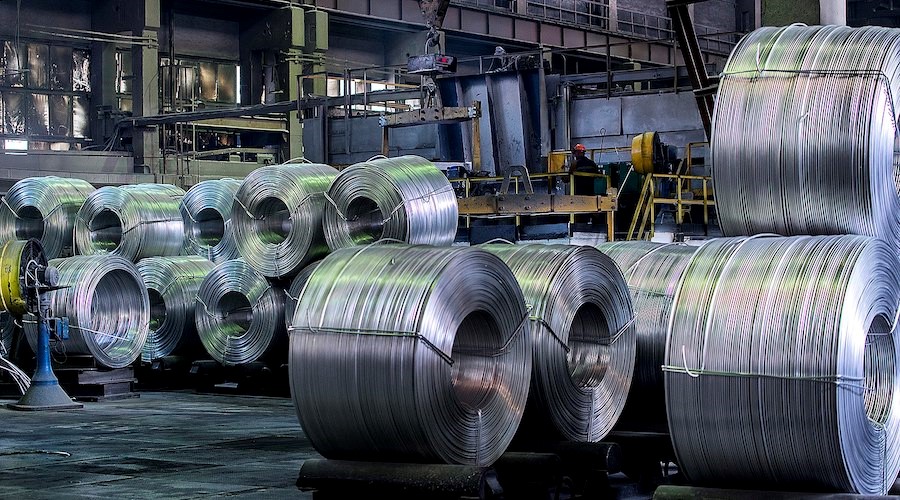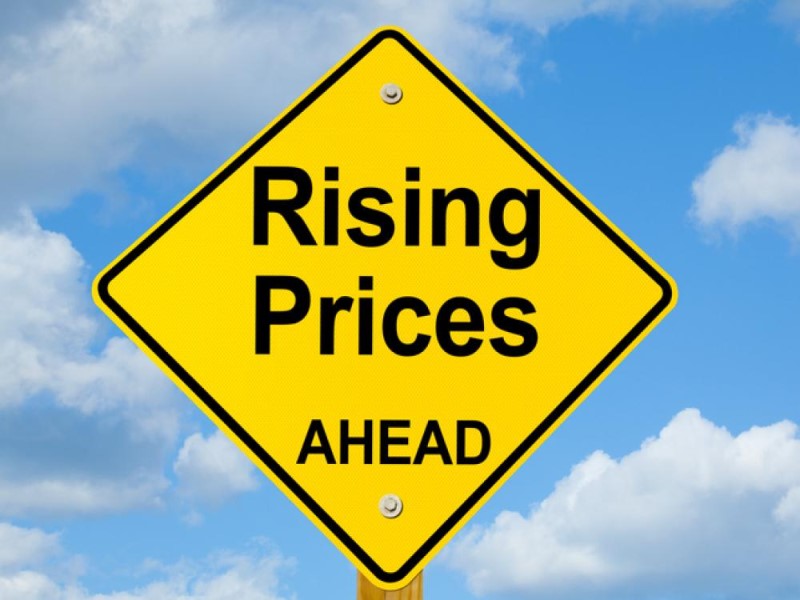

In the face of rising energy prices, Europe's major aluminium smelters are continuing to reduce output. Over the last year, the region's output of light metal has decreased by an annualised 550,000 tonnes, with the decline continuing. With European smelters already grappling with the rising electricity costs, the geopolitical crisis has further worsened the region's energy crisis, with forward electricity prices hitting new highs regularly. The cost of operating Europe's aluminium smelters is constantly growing, with no prospect of respite in sight.

According to the International Aluminium Institute's latest estimate, Western European primary aluminium output was 244,000 tonnes in April. Since the beginning of 2022, aluminium output in Eastern Europe has also decreased.
April output was 333,000 tonnes, down 2.4 per cent from April 2021, and annualised run-rates were down a little more than 80,000 tonnes in the first four months of the year. The IAI's Eastern Europe production estimates include Rusal, a Russian powerhouse, as well as many smaller operators, all of which have reduced output.
By the end of 2021, the Podgorica smelter in Montenegro was completely shut down, removing the remaining 63,000 tonnes of working capacity. According to the 20,000 tonnes of exports that left China for the Balkan countries in February, the company would sustain product output using imported ingot, most likely Chinese ingot. Late last year, the Slovalco smelter in Slovakia slashed 20 per cent of its 175,000-tonne-per-year capacity, and another 20 per cent in the first two months of this year.
The biggest drop in regional output came from Romanian manufacturer Alro, which announced in December that it would close three of its five working potlines, removing 132,500 tonnes of production capacity.

The historic premium for physical aluminium in Europe is attracting metal from Asia, both from LME warehouses in the area and, more surprisingly, China. China imposes a 15% levy on primary aluminium exports, making the fact that it sent considerable amounts of metal to Europe in the first quarter of this year all the more remarkable.
China's winter power shortage has passed, and smelters are increasing aluminium production. According to the IAI, national output increased by 3.4 million tonnes on an annualised basis in the first four months of the year. China has enough of metal to export, with domestic demand growth slowed by Beijing's zero-COVID policy.
Europe, on the other hand, is seeing a growing supply imbalance as smelters in the area reduce capacity. That dynamic will not shift until the region's energy issue is resolved, which does not appear to be happening anytime soon.
Responses








